( Quang Ngai Newspaper) - Hat Boi is loved by many people in Quang in general and Quang Ngai in particular, so the folk song has a famous saying: "Mom, don't hit me so hard/ Let me catch snails and pick pennywort/ Mom, don't hit me so stupid/ Let me sing Boi and play for you".
One time glory
Hat Boi has existed for a long time, in the North it is called Hat Tuong. The founder, the ancestor of Hat Boi for Dang Trong was Loc Khe Hau Dao Duy Tu (1572 - 1634), a famous mandarin under the Nguyen Lords. He brought Hat Boi from the North. In the 19th century, Dao Tan (1845 - 1907), a bachelor of Dinh Mao (1867), successively held the positions of Governor of Nghe - Tinh and then Minister of Public Works, becoming a talented Hat Boi composer, famous for his revised works such as Son Hau, Dao Phi Phung, Tam Nu Do Vuong... He composed many new plays such as Dien Vo Dinh, Tram Huong Cac, Hoi Trong Co Thanh... During this period, Hat Boi troupes received attention from the Nguyen Dynasty. Dao Tan nurtured Hat Boi troupes in the palace, directly taught and performed Hat Boi. He was honored as the late ancestor of Hat Boi.
The 19th century was the heyday of hát bội. King Gia Long built the first tuong theater in the Imperial City of Hue, called Duyệt Thị Đường, to serve the king, queen, and mandarins. Under the reign of Tự Đức, the king gathered about 300 talented actors from various localities, starting from Bình Trị Thiên to Đồng Nai, to perform for the king. At this time, the South Central region had the tuong schools such as Bình Định tuong, tuong xu Quảng (Quảng Ngãi, Quảng Nam , Đà Nẵng) and Huế tuong.
 |
| Photo of Meritorious Artist Minh Luong (middle) and co-star in the play "Tiet Dinh San - Phan Le Hue". Photo: PV |
In particular, Quang Ngai Governor Nguyen Cu Trinh (8th century) was also a lover of opera with famous ancient plays he compiled such as Luc suc tranh cong, Sai vai... In Quang Ngai province history published in Nam Phong magazine, volume 33, number 186, July 1933, sponsored by Nguyen Ba Trac and Nguyen Dinh Chi, a famous ancient play "Lan Phuong ky duyen" was recorded, the first act "Luc Vo Song thua da Truong Bao/ Ly Kieu Phuong nhan thi ai Nhu Lan", partly confirming that opera appeared and became popular in Quang Ngai many centuries ago.
By the 20th century, especially in the period 1930 - 1945, the Hue court fell into decline, the opera troupes that were supported by the court and mainly served the royal court were disbanded. The singers of each province returned to their respective provinces and established their own opera troupes. After the liberation in 1975, opera troupes from the North returned to the provinces of the South Central Coast. Each province had a troupe, collectively called the Lien Khu 5 Opera Troupe. Later, non-professional opera troupes were established to serve the people...
Preserve and promote
Artist Pham Hoang Viet (65 years old), son of the late Meritorious Artist, the first famous singer Hoang Chinh, in Binh Dinh province, said that Hat Boi is a fusion of poetry, song, music, painting, dance, with the outstanding characteristics of the play being the comedy and heroic elements. The artists are evaluated right in the performance through the sound of the drum. Boi here has the meaning of exaggeration, convention in the way of makeup (wearing beards, face painting, costumes), performance, stage space to convey to the audience the distinction between morning, afternoon, evening, the scene of waiting for the husband, the scene of the court...
Facial features also have their own principles, such as two red marks on both sides representing a hot-tempered person, a rebellious person with two red marks covering the forehead, red dots around the eyes and along the bridge of the nose is a coward. The typical prop in hát bội is the rattan whip. The whip is symbolically represented as a horsewhip, a horse through the face and performance of the artist...
Following the troupes and the performers is a pair of baskets. The baskets are similar to a pair of carrying poles, woven from rattan or bamboo, about 50 - 70cm high, with a mouth about 40 - 50cm wide, used to hold costumes, musical instruments and performance props. Similar to Bài Chòi, when arriving at a high land, the group spreads out mats to sit and sing, the people call it a hát bội troupe. Later, the troupe moved from the ground to the stage, at this time it was called a hát bội troupe or a hát bội troupe.
According to the book "Vietnamese customs" by Phan Ke Binh, the opera is usually staged at the base of a large tree or in a village communal house. The opera troupe usually has about 11 - 12 people including singers (actresses, actors, elders, flatterers, generals); music team (chau drum, war drum, rice drum, bong drum, command drum, ban drum, trumpet, cymbals, gongs, bells, xap xa...). Each night of performance, the troupe earns about a few silver coins.
Meritorious artist Minh Luong (65 years old) - Director of Nhon Hung Opera Performing Arts Company Limited, currently living in Binh Dinh province, said, "My family has been performing opera for 100 years. My father is the late artist Nguyen Minh Chau (stage name Hong Loi). Since I was a child, I followed my father's opera troupe to perform everywhere. In the past, Quang Ngai people loved watching opera. Opera was often held during temple and communal house ceremonies or harvest ceremonies in coastal fishing villages... The festival always included opera and boat racing. In the past, people in Pho Thanh ward (Duc Pho town) also held a ceremony to welcome the gods to watch opera on the 16th day of the 7th lunar month every year at the Muoi ancestor temple, in Tan Diem residential group.
Mr. Tran Ngoc Canh (60 years old), Deputy Head of Thanh Duc 2 People's Protection Board, Pho Thanh Ward, said that at Thanh Minh Pagoda (Temple of the Dead), every year, people often organize tomb-sweeping ceremonies, ancestral ceremonies on the 14th day of the third lunar month, and the main ceremony on the 15th day of the third lunar month. According to the custom, the ceremony is performed once every three years. The opera troupe is invited to perform on the main ceremony day with rituals of praise, peace-praying ceremonies, and royal edicts throughout the small alleys and village roads. After that, the opera troupe performs and serves the people for three consecutive nights. The ancient plays serving the people are based on Vietnamese history, Nom stories, and historical anecdotes that express the good traditional values of the Vietnamese people such as: Luu Binh - Duong Le, Luc Van Tien reunites Kieu Nguyet Nga, Phung Nghi Dinh, Pham Cong - Cuc Hoa, Trung Vuong, Nguyen Trai, Ngheu So - Oc Hen...
MINH ANH - TA HA
RELATED NEWS:
Source



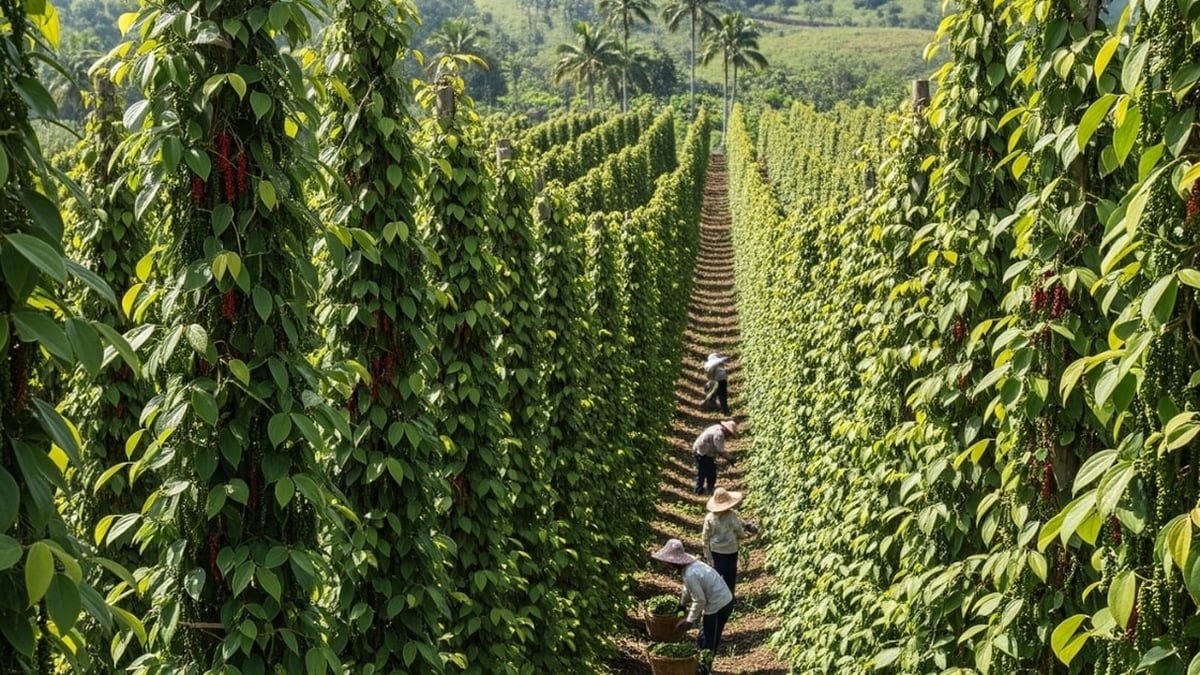
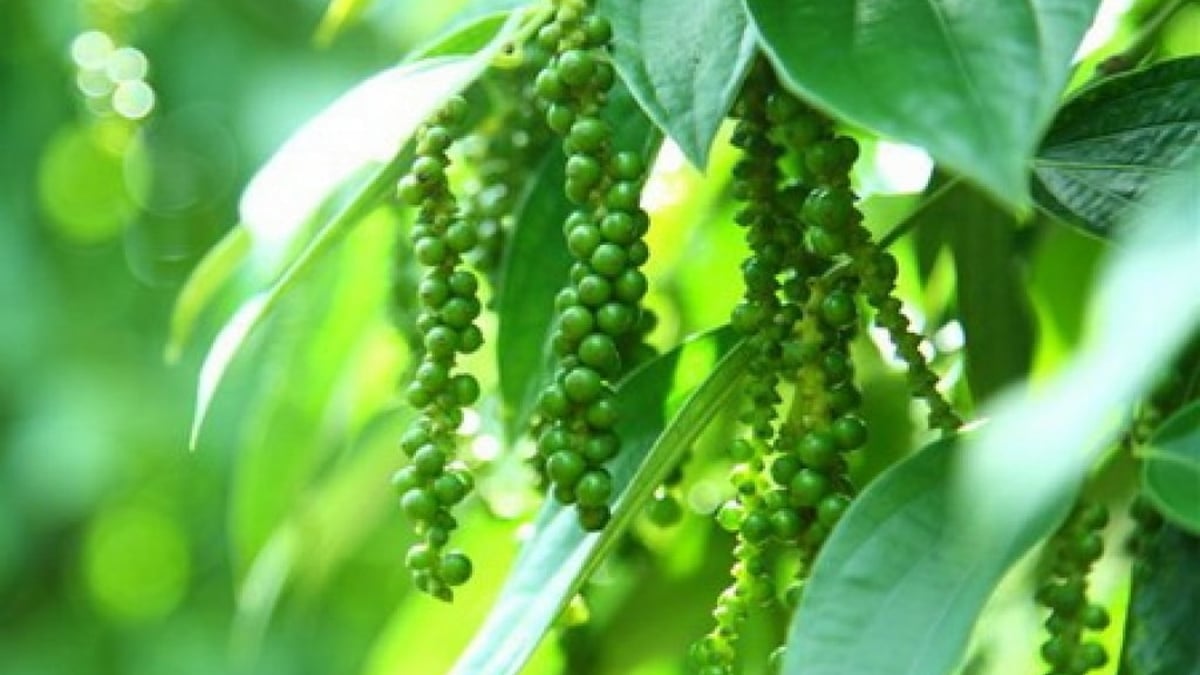

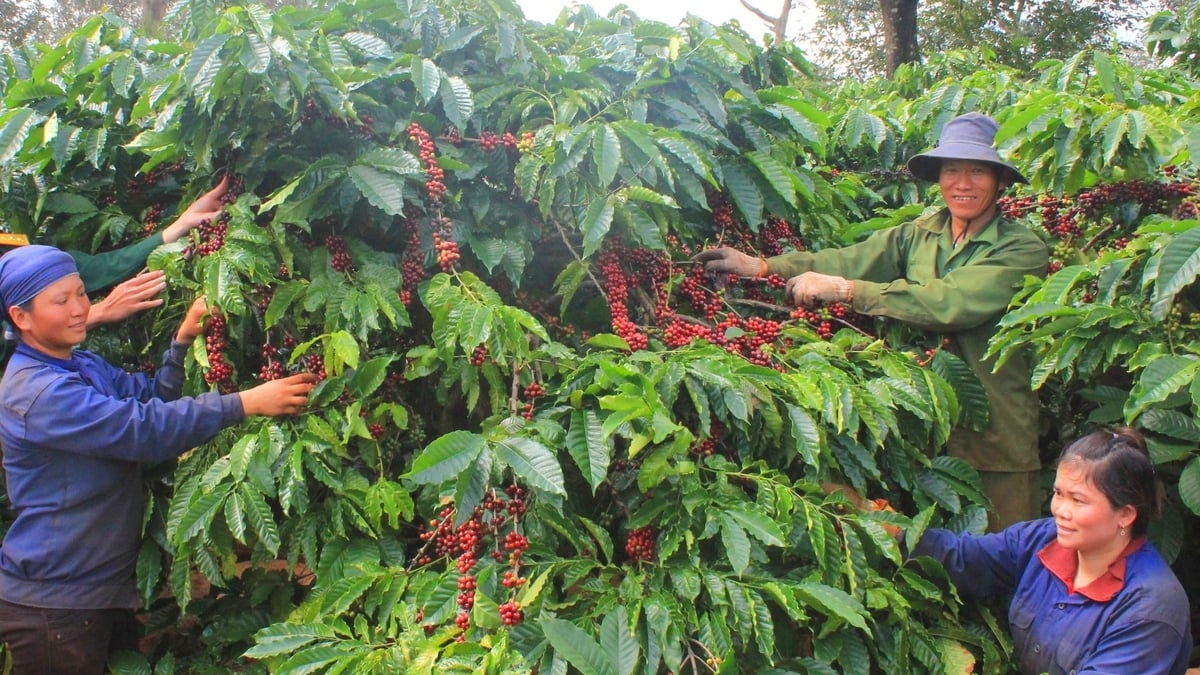
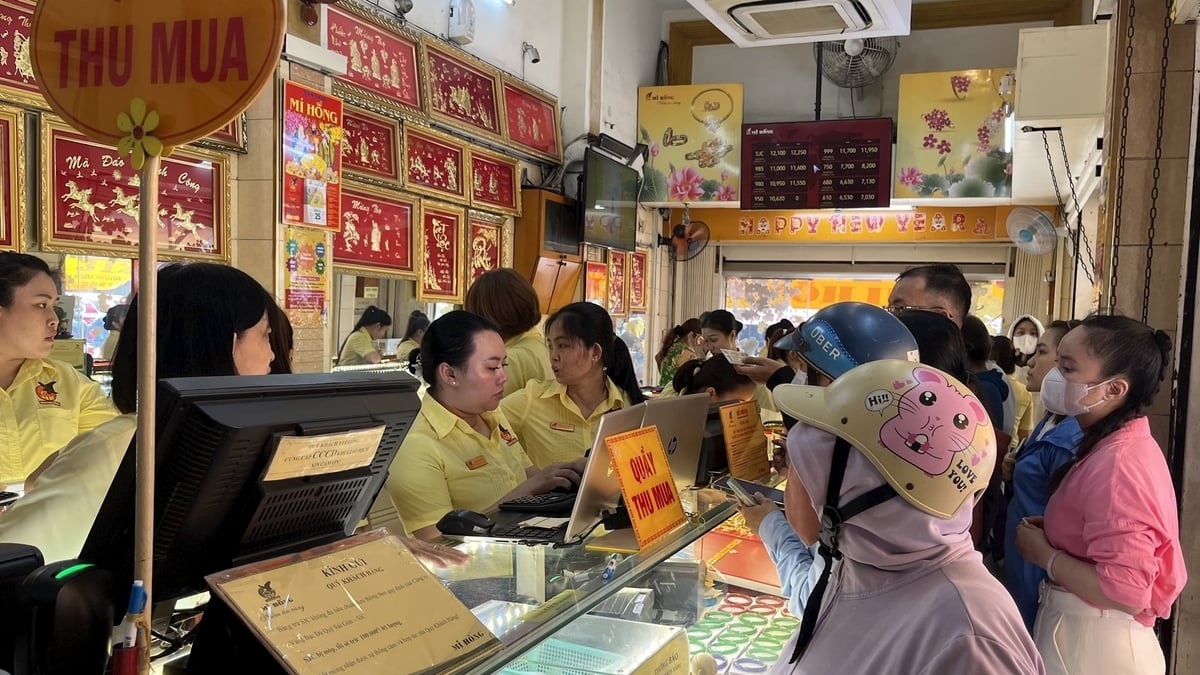

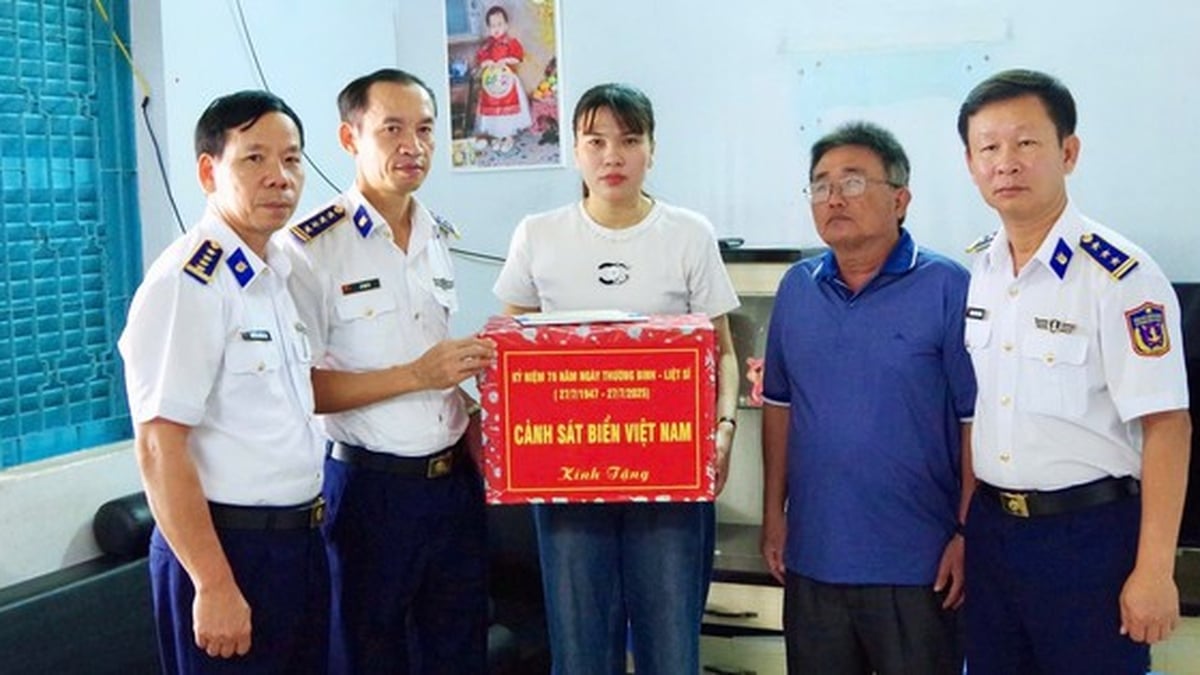
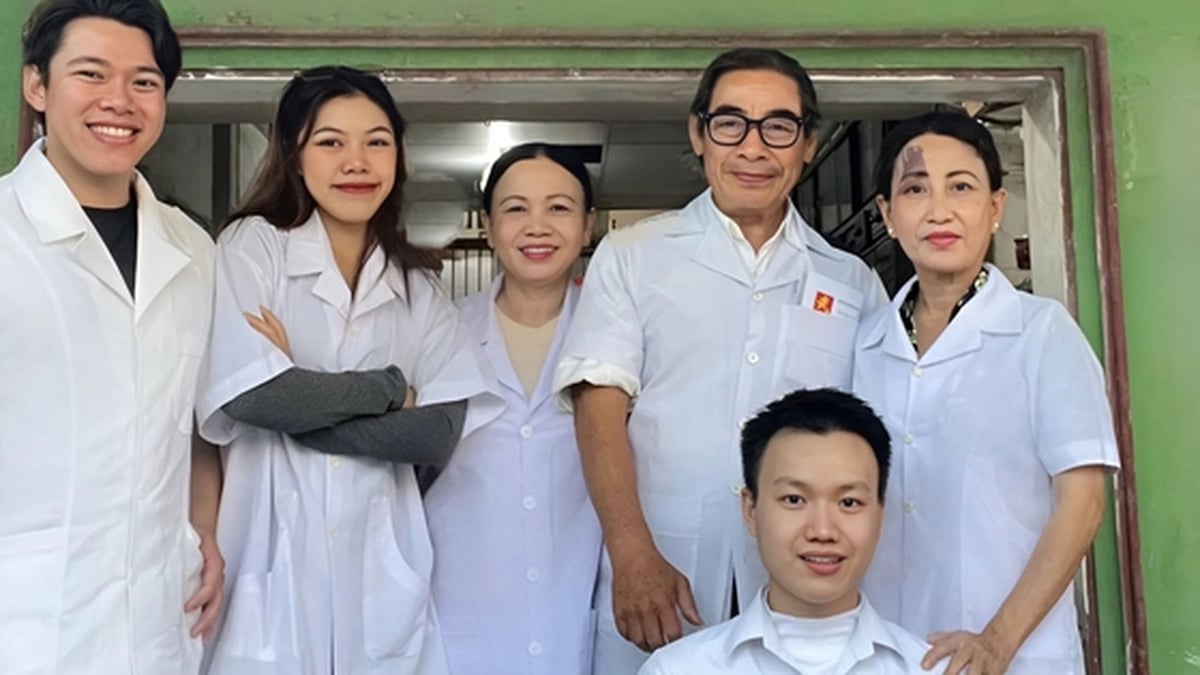


















































































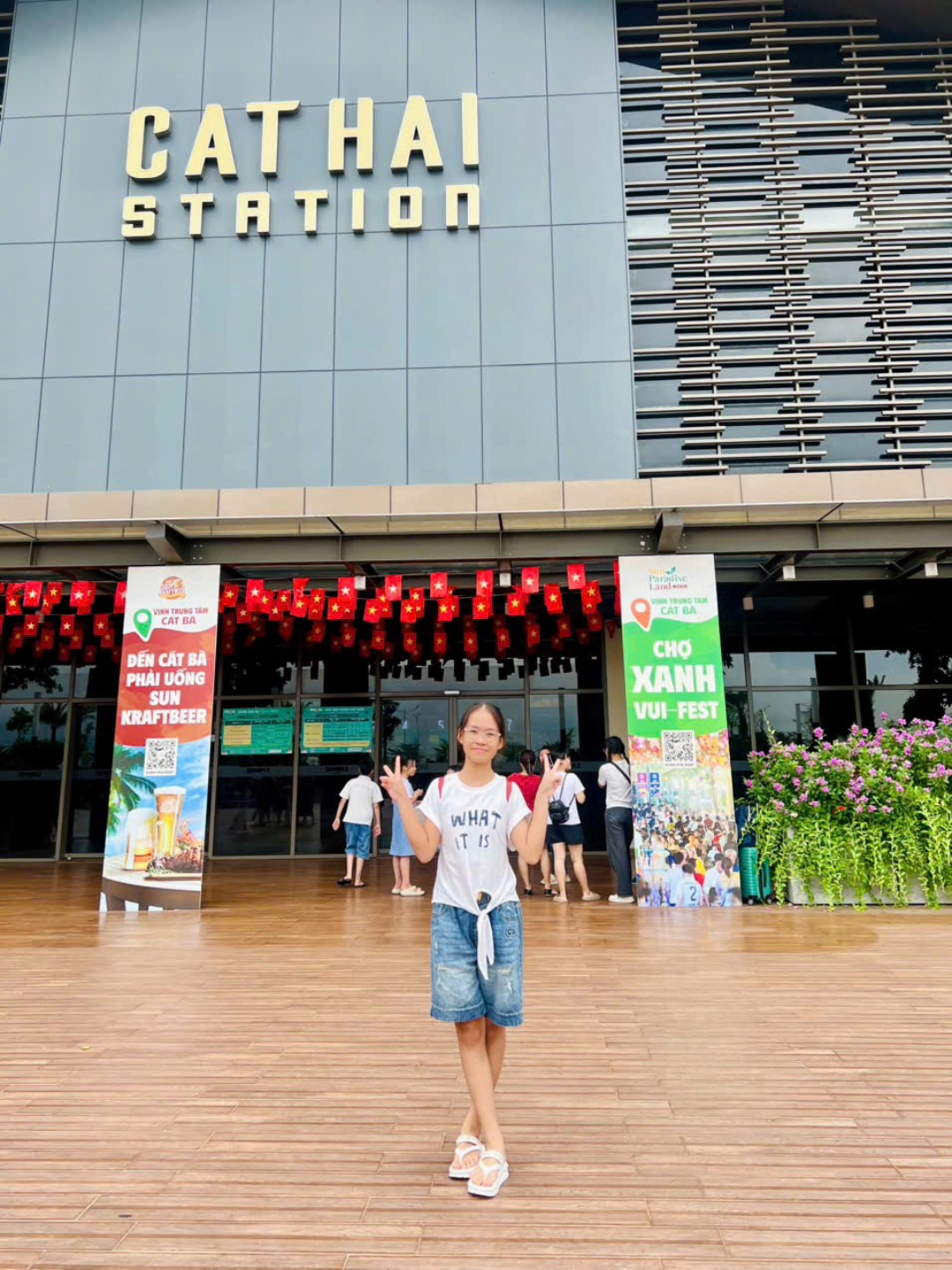



Comment (0)